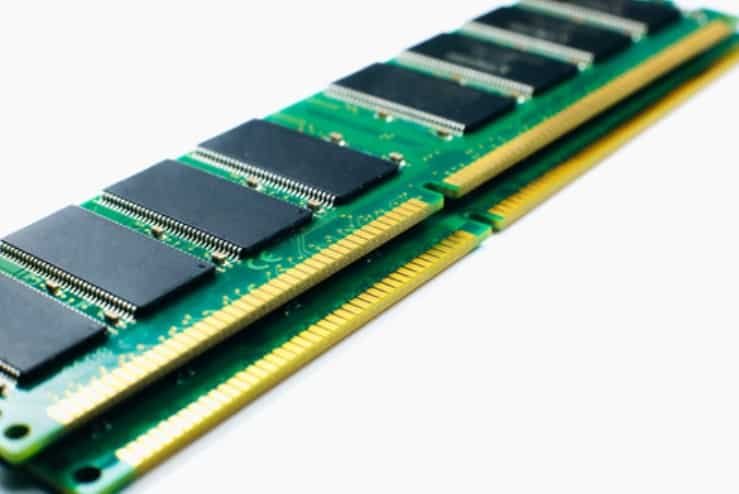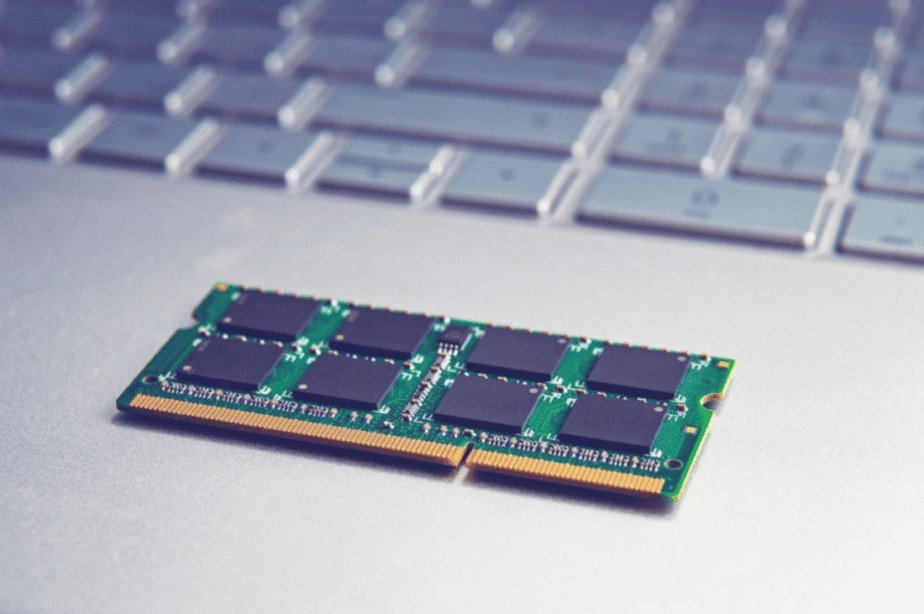Most personal computer users are constantly in pursuit of higher hardware performance while reducing hardware costs. And one of these, not quite standard solutions, is the installation of server-level hardware in ordinary PCs. You can often find the opposite action – installing computer strips designed for home equipment into the slots of the random access memory of the server. But none of these actions will give the desired result. Moreover, it is not recommended to do so. To understand why, you need to know how server RAM differs from regular RAM. Let’s dwell on this in more detail.
Getting to know the concepts
From a logical point of view, the actions of home users are quite logical. Server “hardware” is intended for computers sharpened for round-the-clock and year-round work with large amounts of data. It can be assumed that the installation of such RAM in home PCs can also increase their performance. The actions of persons who, on the contrary, mount ordinary computer strips in servers, can also be considered understandable. There is no such thing as “server memory” in principle, so why overpay for it?
But these are the opinions of people who do not delve into the specifics of the hardware. But the difference between a server and a home personal computer is quite significant. And it consists not only in solving various problems but also in the functional, technical performance of components, including RAM.
Before proceeding to the consideration of the question of how server RAM differs from an ordinary one, it is necessary to get acquainted in more detail with the features of each of them and the tasks for which they are intended.
Ordinary RAM
The operation of software on a PC requires a certain place for temporary storage of information. To solve such a problem, RAM is intended. Physically, it is located in microcircuits connected to the motherboard. It is in it that programs, documents that are open at a certain point in time on the computer will be stored. If suddenly a power surge occurs, power goes out, or something else happens that leads to a forced shutdown of the PC, all the information that was in this buffer will disappear.
It will need to be reloaded the next time. That is, if data is stored permanently on the hard disk, then on the RAM, it is temporarily. But this is exactly what is needed to ensure the performance of the PC. Without it, we would not be able to run the software or work with documents.
RAM is also directly involved in the operation of the computer processor and external devices. The processor and RAM are constantly exchanging information. That is, the speed of data transfer largely depends on its performance. Therefore, when choosing it, experts recommend paying attention not only to the volume but also to the frequency of operation, the type of memory.
It is important that these indicators match the data of the processor and motherboard as accurately as possible. On the other hand, conventional RAM with reduced energy consumption is a good option for those who would like to reduce the power consumption of their PC while maintaining overall high performance.
Server RAM
Now let’s move on to the question of what server RAM means. Much more stringent requirements are imposed on the components that will be installed in data centers. This also applies to the slats of the RAM. The main requirement is the ability to withstand increased loads.
That is, its maximum reliability and high performance are two key differences from conventional RAM. Server memory is a highly specialized component. It will be distinguished by high stability and performance only in a strictly limited range of parameters. And to provide such clarity in home computers is not possible.
DDR3 server RAM
DDR3 server RAM, like any other generation, fully corresponds to the features of the data center hardware:
- able to work for a long period of time with increased loads;
- the possibility of functioning without stopping around the clock, all year round;
- maximum resistance to failures;
- the highest level of protection against data corruption and loss, unforeseen failures.
Additionally, register memory is provided in such systems. Her chips are placed on the bar. This decision is due to the presence of RAM controllers of a certain size on the most modern models of motherboards. The maximum load will fall on the controller chip at the moment when the equipment will have to perform various tasks at the same time:
- reading information,
- writing,
- exchanging data, etc.
In such situations, the chip acts as a buffer, controlling changes in capacity and adjusting it as necessary. This solution ensures the maximum stability of the servers, their immunity to failures, the ability to work without failures, repairs for a long time.
If you need to guarantee the stable, productive operation of critical applications in data centers, you cannot do without server RAM. With it, problems such as the loss of confidential data, failures in financial transactions will be irrelevant.
The difference between server RAM can also be seen visually. It’s enough just to look at the bar. Server models will have an additional chip directly in the center. It performs the function of a buffer. Controller chips are also installed here, ensuring stable, uninterrupted operation of the processor and motherboard. 1 buffer is mounted on 8 ordinary chips.
Common points and differences
Both memory options are designed to solve the same tasks:
- Ensuring high speed of implementation of various processes.
- Temporary storage of data required when performing current work at a certain point in time.
- High-quality and fast data exchange.
Yes, the functionality of both devices is the same, but its provision is fundamentally different. Therefore, experts strongly do not recommend installing home RAM in server systems, and server RAM in home personal computers. They have fundamentally different conditions of use and excellent workstations.
Technical Characteristics
It is also worth understanding that the technical characteristics are also significantly different because they are adapted to obtain the maximum result in each specific case. So, server RAM is designed for stable, trouble-free operation, but its speed is no longer such an important parameter. This is provided by a number of additional options:
- Application of error correction technology (Error-Correcting Code, ECC). Allows you to identify and eliminate errors resulting from the influence of external factors when reading data from memory chips. The algorithm is configured so that the diagnosis and correction of problems is performed automatically, without the involvement of IT specialists.
- Stability in the absence of power. If an electrician fails during the operation of a home PC or technical failures occur that lead to an emergency shutdown of the PC, all unsaved data on the hard drive will disappear. In server RAM, this problem is solved thanks to NVDIMM technology. After the power supply is restored.
- Increased fault tolerance.
Also, do not forget about the professional support of modules installed in data centers. Another difference is that DDR4 server RAM or other generations of it will be much more expensive than conventional counterparts. And this is another point that should make users think about the appropriateness of its use in home PCs.


